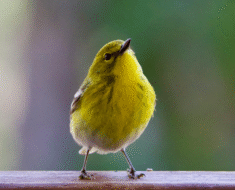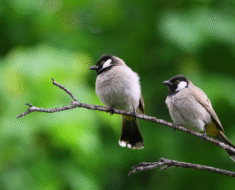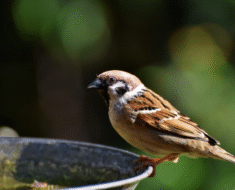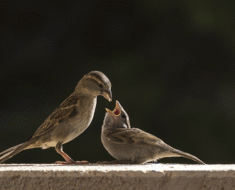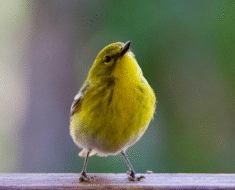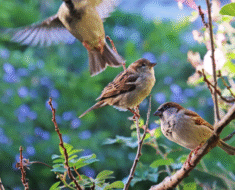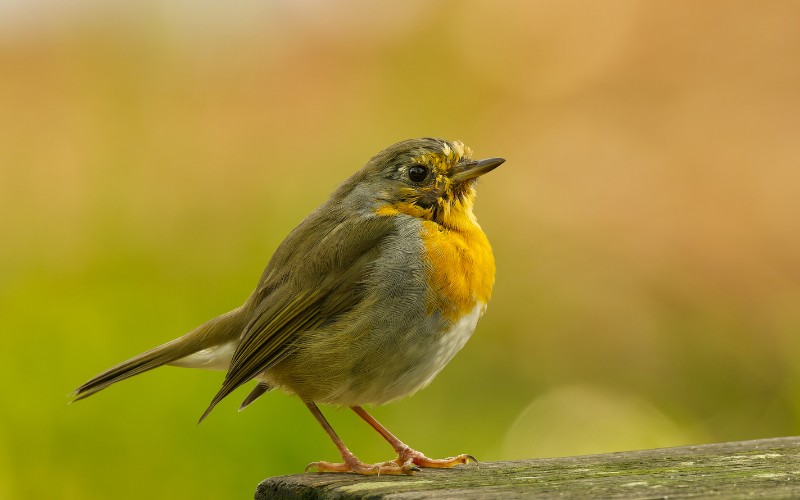
Most people notice birds singing in the morning or swooping across fields, but not many pause to consider what those birds are actually dealing with. Environments change constantly—sometimes in slow geological rhythms, sometimes in abrupt, human-driven ways like construction or climate shifts. How do birds keep up?
Studying adaptation doesn’t only help bird lovers. It helps farmers predict shifts in pest control, urban planners design better cities, and families understand why their backyard feels noisier than it did ten years ago. Simply put, bird adaptation is a window into both ecology and human impact. And when we look closely, the creativity and persistence of these creatures are astonishing.
Historical Context: Adaptation in Action
Adaptation isn’t new. Birds have been dealing with changing habitats for millions of years—ice ages, forest fires, shifting coastlines. The difference now is the speed of change. What used to occur over centuries can now happen in decades. Forest clearing, wetlands draining, rising skyscrapers—each demand that birds adjust in a blink of evolutionary time.
Think of the rock pigeon. Originally cliffs were their natural nesting sites, but now skyscrapers and bridges replace those cliffs just fine. Or the house sparrow, which followed human settlements across continents, thriving as much in crowded markets as in quiet farmyards. History shows their pattern: observe, adjust, survive.
Major Drivers of Environmental Change
Before diving into adaptation strategies, it helps to step back and identify what’s forcing birds to adapt in the first place.
-
Urbanization: Cities expand into bird territories, replacing trees with roads, gardens with parking lots.
-
Climate Change: Rising temperatures alter migration timing, breeding cycles, and food availability.
-
Deforestation: Removal of large swaths of trees destroys nesting sites and disrupts food chains.
-
Agricultural Expansion: Monoculture fields reduce plant diversity, limiting insects and seeds for birds.
-
Pollution: Plastics, air toxins, and noise pollution force birds to shift feeding grounds or communication strategies.
Every one of these drivers triggers a new response—sometimes subtle, sometimes dramatic.
Behavioral Adaptations in Birds
Unlike slow evolutionary changes, behavioral shifts can happen surprisingly fast. Many birds adjust their behavior within a single season if conditions demand it.
-
Altered Feeding Times: In noisy cities, birds such as robins start singing earlier in the morning before human traffic drowns them out.
-
Urban Nesting Choices: Some raptors like falcons and hawks build nests on skyscrapers or powerline towers, treating them like modern cliffs.
-
Diet Shifts: Crows and gulls scavenge human trash, turning our leftovers into food sources.
-
Aggression and Boldness: Studies show birds in cities become bolder, less fearful of humans, because caution costs too much when competition is fierce.
This kind of flexibility proves birds aren’t just creatures of instinct—they observe and alter strategies when survival demands it.
Migration: The Most Dramatic Adaptation
Migration is one of nature’s most incredible feats, but it’s also one of the most vulnerable to change. As climate patterns shift, many birds are forced to adjust travel schedules.
-
Earlier Departures: Warming springs mean some species leave winter grounds earlier to catch insect blooms.
-
Shortened Journeys: Warmer winters in northern areas convince some birds to no longer migrate as far.
-
New Stopovers: Birds reroute to places with sustained food supplies, even if those weren’t on their ancestors’ maps.
-
Partial Migration: In some species, part of a population migrates while others remain local, hedging survival bets.
Watching migration adapt in real time is like observing evolution on fast-forward.
Physical Adaptations Over Time
While behavior changes quickly, physical traits shift more slowly, often over generations. Yet even here, remarkable changes can be detected.
-
Beak Shape Shifts: Studies have shown urban finches developing slightly different beak structures from their rural counterparts, influenced by human foods.
-
Wing Shapes: Some urban birds develop shorter, rounder wings allowing quick maneuvering around buildings.
-
Coloration Adjustments: Soot and pollutants sometimes darken feathers; lighter feathers may help birds reduce heat in warming climates.
Though subtle, these physical tweaks reveal how evolution still works hand-in-hand with behavior.
Rural and Forest Birds: Struggling to Keep Pace
By contrast, many forest specialists find adaptation much harder. Birds like woodpeckers, thrushes, or ground-nesters often depend on very specific environments that vanish with deforestation. While some can shift slightly (moving from one patch of forest to another), many end up endangered when their niche disappears entirely. Adaptation here isn’t about thriving—it’s about surviving just a little longer.
Sound and Noise: Communication Shifts
One underrated adaptation is in song. Birds depend heavily on sound to communicate—whether claiming territory or attracting mates. Noise pollution from highways, planes, or cities forces changes.
-
Some species sing louder and at higher pitches to rise over urban noise.
-
Others shift singing to nighttime or dawn when it’s quieter.
-
In worst cases, birds lose successful communication, reducing mating success.
This seldom-discussed adaptation highlights how deeply human activity reshapes even the “voice” of the natural world.
Climate Change: A Force That Tests Flexibility
Perhaps nothing challenges adaptation like climate change. It disrupts food chains, breeding calendars, and shelter availability all at once.
-
Rising temps cause mismatches: birds breed earlier, but insect blooms don’t always align, starving chicks.
-
Drought reduces wetland birds’ nesting grounds.
-
Melting Arctic landscapes force migratory species like geese to shift entire maps of flight.
While many species adjust—arriving early, breeding quickly, eating new diets—others cannot adapt fast enough, leading to serious declines.
A Close-to-Home Angle
If you step outside, chances are you’ll notice how local birds around your neighborhood already show signs of change. Maybe sparrows nest near streetlamps, or hawks perch on phone towers surveying traffic jams. In small ways, their world has shifted, and they’ve shifted right alongside it. That’s adaptation in action—not distant, not theoretical, but happening right here, right now.
You can explore more in Sparrow Conservation Guide: How to Help Local Populations Thrive for practical ways to support these resilient birds.
Conclusion
Birds are not just creatures of habit; they’re survivors, shape-shifters, and innovators. Changing environments—whether through climate disruption or human expansion—demand new strategies, and birds rise to the occasion with a mix of quick behavior shifts and long-term evolutionary change.
Studying these adaptations doesn’t only show us how fragile ecosystems are but also how resilience works in real time. And perhaps the most striking part is how interconnected it all is: what we do every day, from cutting trees to designing cities, directly influences the songs and survival strategies of the birds around us.
